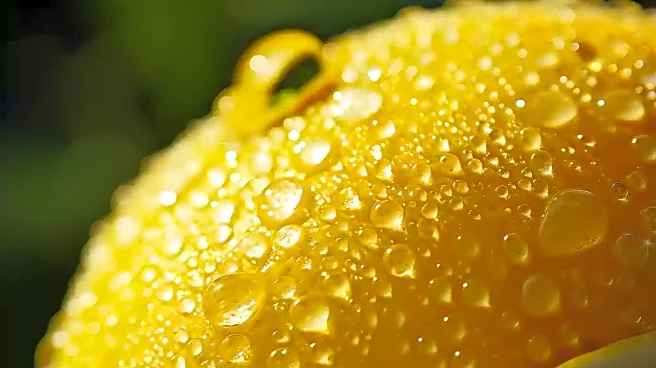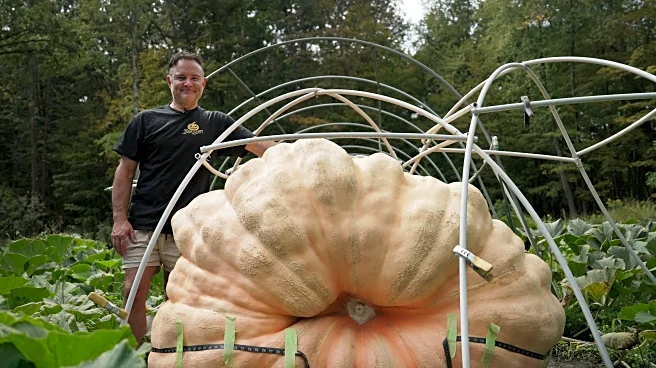What's Happening?
Amanda McNulty from Clemson Extension's 'Making It Grow' program discussed an interesting phenomenon observed in tangerines. Glen Payne, an Extension agent in Beaufort, noted that a grower's tangerines were turning brown, which initially caused concern. However, it was discovered that the tangerine tree was reabsorbing chlorophyll, similar to the process seen in autumn leaves. This natural process allows the orange color of the fruit to become more pronounced as the chlorophyll is stored. The advice given was to thin the fruits in the future to achieve larger tangerines, ensuring they remain delicious once they reach a good orange color.
Why It's Important?
Understanding the natural processes of chlorophyll storage in fruits like tangerines is crucial for growers and agricultural experts. This knowledge can help in managing fruit production more effectively, ensuring optimal fruit quality and yield. By recognizing these natural changes, growers can make informed decisions about crop management, such as thinning practices, which can lead to better fruit size and quality. This insight is valuable for the agricultural community, particularly those involved in citrus production, as it can enhance both the aesthetic and nutritional value of the produce.












